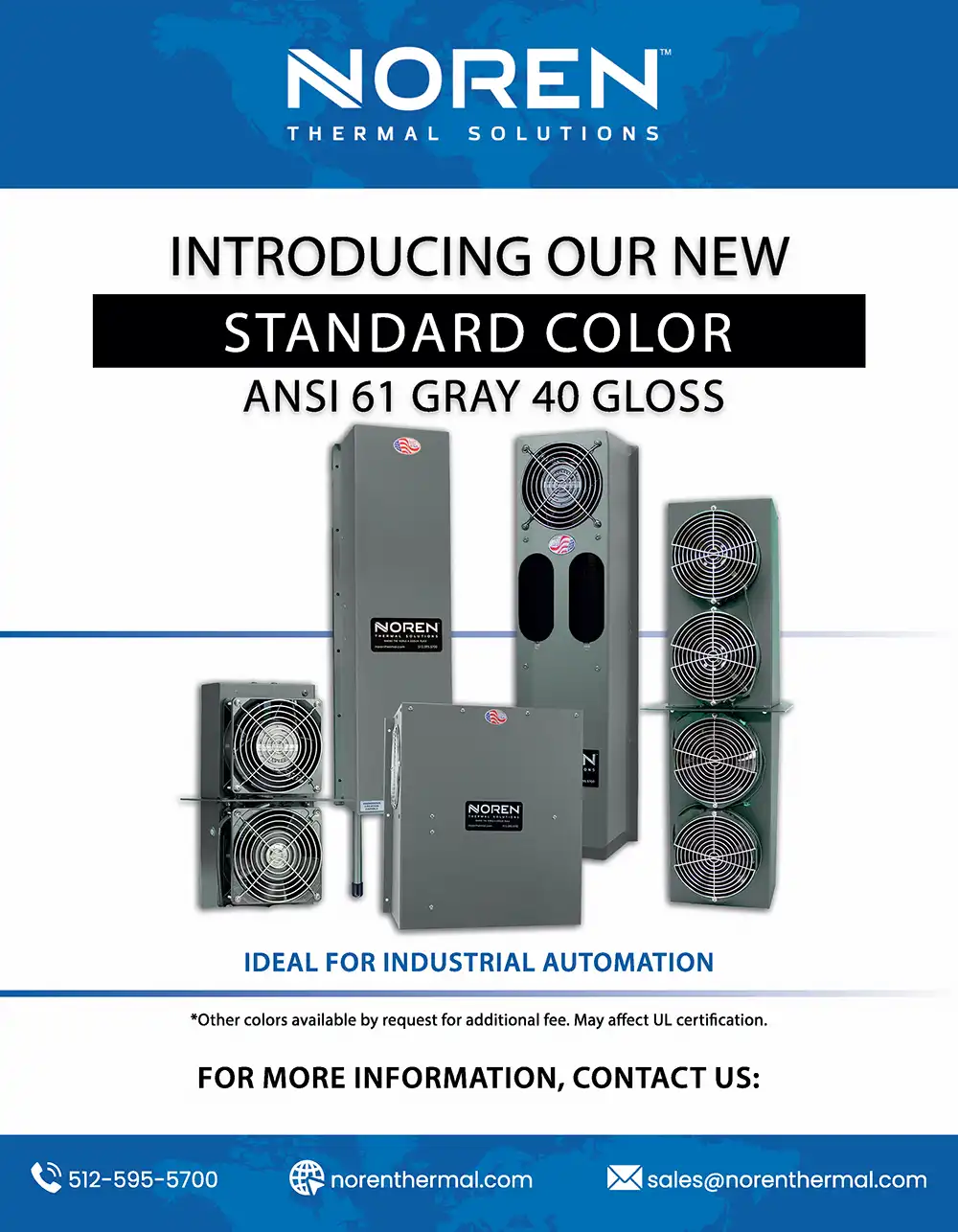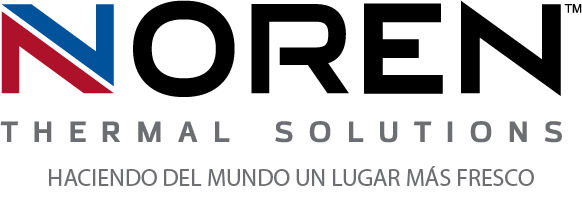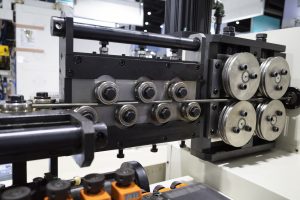 When it comes to ensuring your technological applications receive the appropriate amount of cooling they need, complications can arise from a few different sources. First, it takes an understanding of the concepts one will use to help transfer waste heat, including through dissipation, spreading, and movement. You will also need to gain a thorough understanding of the ins and outs of your equipment, and only then can you get the most out of your devices. In today’s blog, the team at Noren Thermal Solutions in Taylor, TX would like to take a look specifically at plastic mold cooling in manufacturing, and how thermal pins optimize the process.
When it comes to ensuring your technological applications receive the appropriate amount of cooling they need, complications can arise from a few different sources. First, it takes an understanding of the concepts one will use to help transfer waste heat, including through dissipation, spreading, and movement. You will also need to gain a thorough understanding of the ins and outs of your equipment, and only then can you get the most out of your devices. In today’s blog, the team at Noren Thermal Solutions in Taylor, TX would like to take a look specifically at plastic mold cooling in manufacturing, and how thermal pins optimize the process.
Solutions To Dissipate Waste Heat
 Knowing the ins and outs of your business’ technology can aid you greatly in providing everything it needs for success. For instance, recognizing that each application will need some source of waste heat removal can help you take better care of your equipment and prevent the negative effects that overheating may have. Indeed, there are a number of ways to rid the waste from your application, including spreading, movement, or dissipation. In today’s blog, the team at Noren Thermal Solutions in Taylor, TX is going to focus on the latter method, and discuss the ways we can optimize your thermal management solutions with ideal dissipation strategies.
Knowing the ins and outs of your business’ technology can aid you greatly in providing everything it needs for success. For instance, recognizing that each application will need some source of waste heat removal can help you take better care of your equipment and prevent the negative effects that overheating may have. Indeed, there are a number of ways to rid the waste from your application, including spreading, movement, or dissipation. In today’s blog, the team at Noren Thermal Solutions in Taylor, TX is going to focus on the latter method, and discuss the ways we can optimize your thermal management solutions with ideal dissipation strategies.
How Exchangers Prevent Overheating
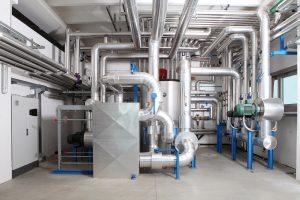 It is no surprise that a variety of industries rely heavily on technological applications and other equipment to help get the job done. Indeed, with the industrial revolution and so on, we have witnessed a technological boom that has heavily influenced how a number of businesses operate today, as well as an increase in overall yield and production. Bear in mind, however, that this upward trend is only made possible by consistently functioning equipment, and when these machines break down, a significant loss may ensue. In today’s blog, the team at Noren Thermal Solutions in Taylor, TX discusses the most important facet behind technological consistency and reliability: ensuring protection from overheating.
It is no surprise that a variety of industries rely heavily on technological applications and other equipment to help get the job done. Indeed, with the industrial revolution and so on, we have witnessed a technological boom that has heavily influenced how a number of businesses operate today, as well as an increase in overall yield and production. Bear in mind, however, that this upward trend is only made possible by consistently functioning equipment, and when these machines break down, a significant loss may ensue. In today’s blog, the team at Noren Thermal Solutions in Taylor, TX discusses the most important facet behind technological consistency and reliability: ensuring protection from overheating.
What Is Natural And Forced Cooling?
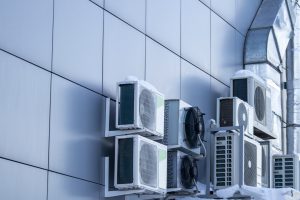 It goes without saying that ensuring a technological application is running as it should be through regulation of internal temperatures is a must. After all, when machines are created without this in mind, they tend to experience a number of complications and malfunctions related to overheating. Nowadays, the main goals of many technologies involve increasing yield and output while also optimizing function. In some cases, this can be accomplished with natural means, whereas others require forced cooling to get the job done. In today’s blog, the team at Noren Thermal Solutions in Taylor, TX takes a look at the differences and benefits from both natural and forced air cooling, as well as explain how customization plays a role.
It goes without saying that ensuring a technological application is running as it should be through regulation of internal temperatures is a must. After all, when machines are created without this in mind, they tend to experience a number of complications and malfunctions related to overheating. Nowadays, the main goals of many technologies involve increasing yield and output while also optimizing function. In some cases, this can be accomplished with natural means, whereas others require forced cooling to get the job done. In today’s blog, the team at Noren Thermal Solutions in Taylor, TX takes a look at the differences and benefits from both natural and forced air cooling, as well as explain how customization plays a role.
Increasing Your Overall Yield With Thermal Pins

The goal of heat exchanging technology is to improve efficiency and lower costs at your facility. In addition, you want to increase yield as well. To accomplish this, we may recommend thermal pins for an array of molding industries. In today’s blog, Thermal Solutions in Taylor, TX, will talk about the benefits of employing them, and how they increase overall yield and provide an efficient means speeding up cool down times for those in the molding industry.
Universal Uses of NEMA 12 Enclosures
 Custom thermal solutions that utilize unique technology such as air-to-water heat exchangers and more provide optimal application cooling through consideration of a number of parameters. It is true that we have moved past one-size-fits-all solutions and are upon an age of personalization, and as such, many companies must take this movement into consideration. Still, this does not mean that certain factors are givens, and standards must be adhered to. In today’s blog, the team at Noren Thermal Solutions in Taylor, TX will take a look at the way that certain guidelines play a factor in optimal NEMA 12 enclosure cooling.
Custom thermal solutions that utilize unique technology such as air-to-water heat exchangers and more provide optimal application cooling through consideration of a number of parameters. It is true that we have moved past one-size-fits-all solutions and are upon an age of personalization, and as such, many companies must take this movement into consideration. Still, this does not mean that certain factors are givens, and standards must be adhered to. In today’s blog, the team at Noren Thermal Solutions in Taylor, TX will take a look at the way that certain guidelines play a factor in optimal NEMA 12 enclosure cooling.
Improvements for Air-To-Water Applications
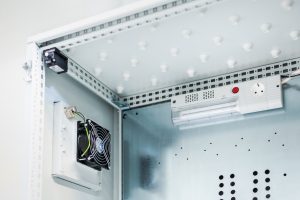 Before the shift toward optimized function took effect, the main purpose of thermal management was to ensure that any given technological application did not experience overheating. Indeed, overheating was once the number one cause of impediments to production as well as equipment malfunction, but custom devices such as heat exchangers have since addressed this concern. Nowadays, however, products must be able to address this as a baseline necessity as well as encourage optimal yield as industries continue to become more and more competitive. In today’s blog, the team at Noren Thermal Solutions in Taylor, TX will take a look at the way that air-to-air applications have gestured toward air-to-water heat exchangers.
Before the shift toward optimized function took effect, the main purpose of thermal management was to ensure that any given technological application did not experience overheating. Indeed, overheating was once the number one cause of impediments to production as well as equipment malfunction, but custom devices such as heat exchangers have since addressed this concern. Nowadays, however, products must be able to address this as a baseline necessity as well as encourage optimal yield as industries continue to become more and more competitive. In today’s blog, the team at Noren Thermal Solutions in Taylor, TX will take a look at the way that air-to-air applications have gestured toward air-to-water heat exchangers.
Filter Fan Thermal Management
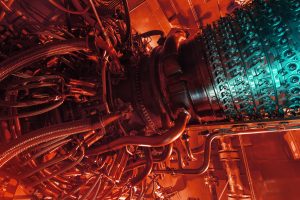 Staying on top of your thermal management needs requires consistent attention and monitoring. Indeed, to truly get the most out of your equipment, one must first have a thorough understanding of its intended role or purpose. Next, you will want to have knowledge about the concepts and technology behind your device in order to know what to keep an eye out for. Once these have been accomplished, only then can you really get the most you’re your applications. In today’s blog, the team at Noren Thermal Solutions in Taylor, TX will take a look at the way that accessories help your equipment to function smoother, and how filter fan enclosure cooling plays a role.
Staying on top of your thermal management needs requires consistent attention and monitoring. Indeed, to truly get the most out of your equipment, one must first have a thorough understanding of its intended role or purpose. Next, you will want to have knowledge about the concepts and technology behind your device in order to know what to keep an eye out for. Once these have been accomplished, only then can you really get the most you’re your applications. In today’s blog, the team at Noren Thermal Solutions in Taylor, TX will take a look at the way that accessories help your equipment to function smoother, and how filter fan enclosure cooling plays a role.
Solutions Through Rapid Prototyping
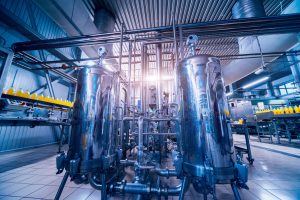 Having a custom solution to optimize your application cooling makes maintaining your thermal management a much more effective practice. These products are not a given, however, and there is actually significant amounts of trial and error in innovation before achieving the most effective product. Indeed, a quick turnaround speaks volumes when it comes to dedication and optimization, which is why our team takes care to provide rapid prototyping to help you find your ideal solution sooner. In today’s blog, the team at Noren Thermal Solutions in Taylor, TX will take a look at our design process and how rapid prototyping helps determine ideal components at a faster rate.
Having a custom solution to optimize your application cooling makes maintaining your thermal management a much more effective practice. These products are not a given, however, and there is actually significant amounts of trial and error in innovation before achieving the most effective product. Indeed, a quick turnaround speaks volumes when it comes to dedication and optimization, which is why our team takes care to provide rapid prototyping to help you find your ideal solution sooner. In today’s blog, the team at Noren Thermal Solutions in Taylor, TX will take a look at our design process and how rapid prototyping helps determine ideal components at a faster rate.
Thermal Dissipation With Custom Heat Sinks
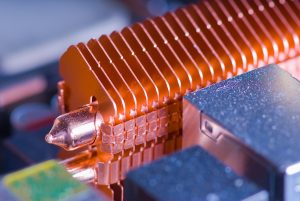 When it comes to application cooling and prevention of overheating, the most important factor to keep in mind involves knowing how waste heat can be removed from a source. To accomplish this, concepts such as movement, spread, and dissipation are considered. Indeed, some methods are more effective for certain industries or companies with unique environments, and not all applications are created equally. This means customization also plays a major role. In today’s blog, the team at Noren Thermal Solutions in Taylor, TX will take a look at the concept of waste spread and dissipation, and how our Copper Finned Heat Sinks accomplish this goal.
When it comes to application cooling and prevention of overheating, the most important factor to keep in mind involves knowing how waste heat can be removed from a source. To accomplish this, concepts such as movement, spread, and dissipation are considered. Indeed, some methods are more effective for certain industries or companies with unique environments, and not all applications are created equally. This means customization also plays a major role. In today’s blog, the team at Noren Thermal Solutions in Taylor, TX will take a look at the concept of waste spread and dissipation, and how our Copper Finned Heat Sinks accomplish this goal.
